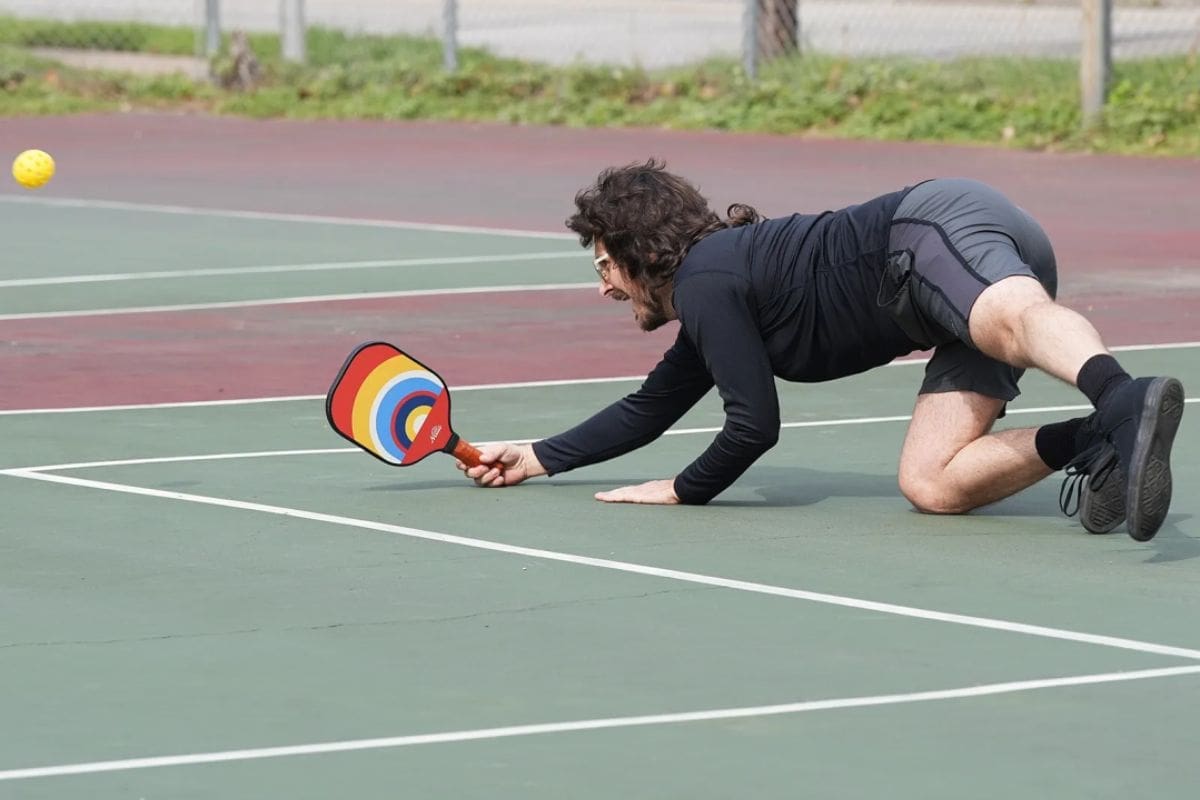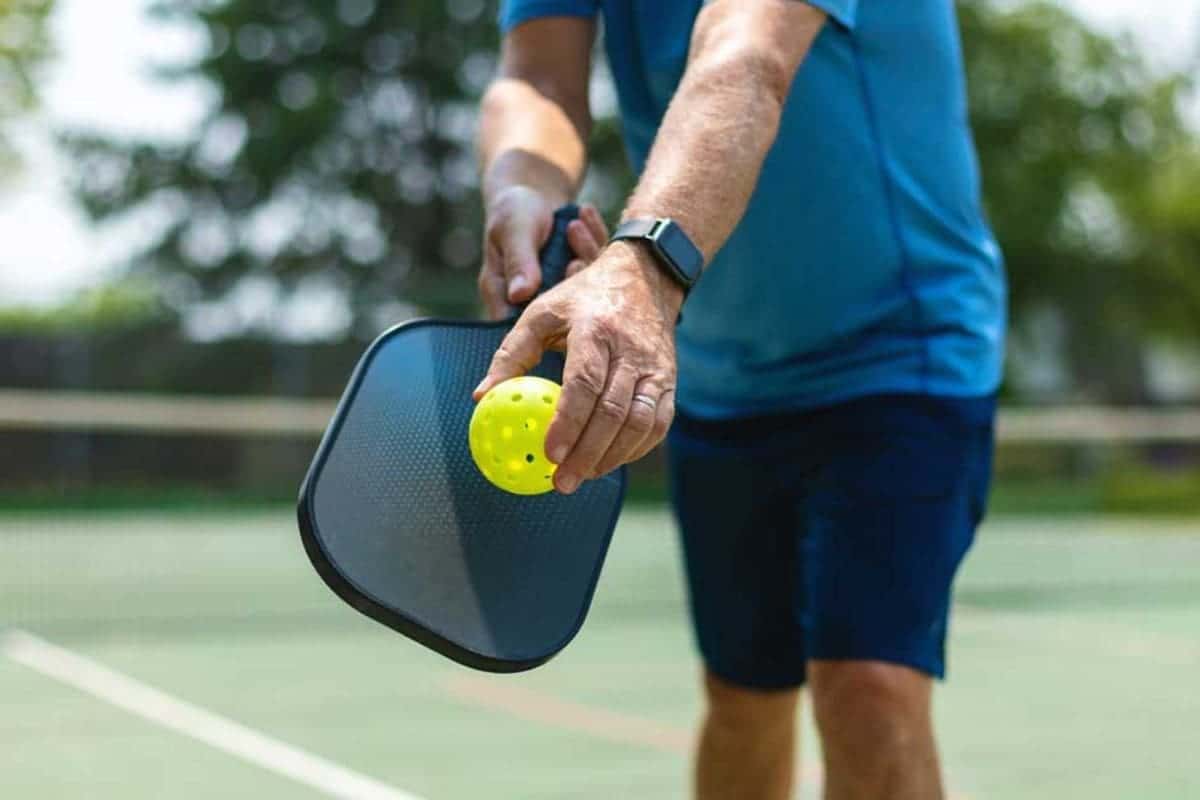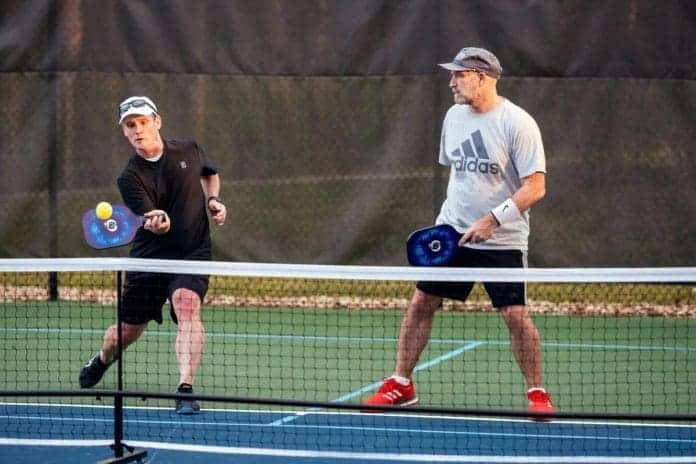Surge in Pickleball Injuries: Pickleball, the paddle sport that’s taken the U.S. by storm, is more than just a passing fad. With its rapid rise in popularity, this hybrid of tennis, badminton, and table tennis has brought together communities from coast to coast. But as the sport gains traction, there’s a less glamorous side that’s beginning to emerge: a surge in pickleball-related injuries.
The Allure of Pickleball
“People are getting outside. They’re looking for a reason to get outside and pickleball is a blast; it’s really fun,” says Dr. Ryan Golden, Assistant Chief of Urgent Care for Kaiser Permanente Northwest. The courts are popping up everywhere, from suburban parks to urban rooftops, and Oregon is no exception. According to Travel Oregon, pickleball enthusiasts can swing their paddles in every corner of the state, reveling in the social and physical benefits of the game.
However, as more Americans flock to the courts, the sport’s downside is becoming increasingly evident. This year, it’s expected that Americans will spend between $250 and $500 million treating pickleball-related injuries.
A Surge in Injuries
Dr. Ryan Golden has witnessed a significant uptick in injuries related to the sport. “The most common injuries that we’re going to see come in from pickleball players are musculoskeletal injuries. So, fractures, strains, sprains,” he explains. These injuries are typical of any sport that involves quick, lateral movements and sudden stops.
In addition to the more straightforward strains and sprains, there’s a growing concern about repetitive-motion injuries, such as tennis elbow. Given the small court size and the close proximity of players, eye injuries are also a risk. “With pickleball, the courts are small, the ball’s moving fast, players are up toward the net so if that ball catches you in the wrong spot it can lead to more serious eye injuries,” says Golden.

Preventive Measures
Despite these risks, there are several ways players can protect themselves. Dr. Ryan Golden recommends wearing eye protection, similar to what you might wear in squash or racquetball, to prevent eye injuries. Additionally, to avoid sprains and strains, he advises, “A lot of common sense things: Making sure that you take the time to warm up. Making sure that you have good equipment, good footwear. Making sure that you’re taking the time to cool down afterwards.”
Golden also emphasizes the importance of rest and recovery. “Making sure that you’re taking enough time to rest and recover between play sessions. I think those are all helpful things that can help prevent someone from developing some of those more sub-acute problems,” he notes.
When to Seek Medical Attention
For the occasional soreness or minor injuries, treatments like ice or aspirin can suffice. However, Dr. Ryan Golden warns that some symptoms should not be ignored. “If you have physical deformity, you have visible discoloration, if you’re not able to bear weight on the extremity, if pain is severe, absolutely, we want to see you. That needs to be evaluated.”
High-Risk Groups
Certain groups are particularly vulnerable to these injuries. People with pre-existing conditions such as osteoporosis or arthritis, and young players new to the sport, face higher risks. As the sport continues to grow, it’s crucial for these players to take extra precautions.
Pickleball’s meteoric rise shows no signs of slowing down. Its appeal lies in its accessibility and the sheer joy of the game. However, as with any physical activity, it comes with risks. By taking preventive measures and recognizing when to seek medical attention, players can continue to enjoy this thrilling sport while minimizing their chances of injury.
The hidden cost of pickleball is a reminder that even the most enjoyable activities require a balance of enthusiasm and caution. As Dr. Ryan Golden’s insights highlight, a little bit of preparation and common sense can go a long way in ensuring that the nation’s fastest-growing sport remains a source of fun and fitness for everyone involved.

News in Brief: Surge in Pickleball Injuries
Pickleball’s rapid rise in popularity has led to a surge in related injuries, particularly musculoskeletal strains, fractures, and repetitive-motion issues like tennis elbow. Dr. Ryan Golden of Kaiser Permanente Northwest highlights the need for proper equipment, warm-ups, and rest to prevent these injuries. Eye protection is also crucial due to the sport’s fast pace and close play.
While minor injuries can be treated with ice or aspirin, severe pain, discoloration, or inability to bear weight should prompt medical attention. Despite its risks, pickleball’s appeal continues to grow, emphasizing the importance of balancing enthusiasm with caution to enjoy the sport safely.
Also Read: Camila Zilveti’s Instagram Post On Pickleball Paddle Unveils Creation

